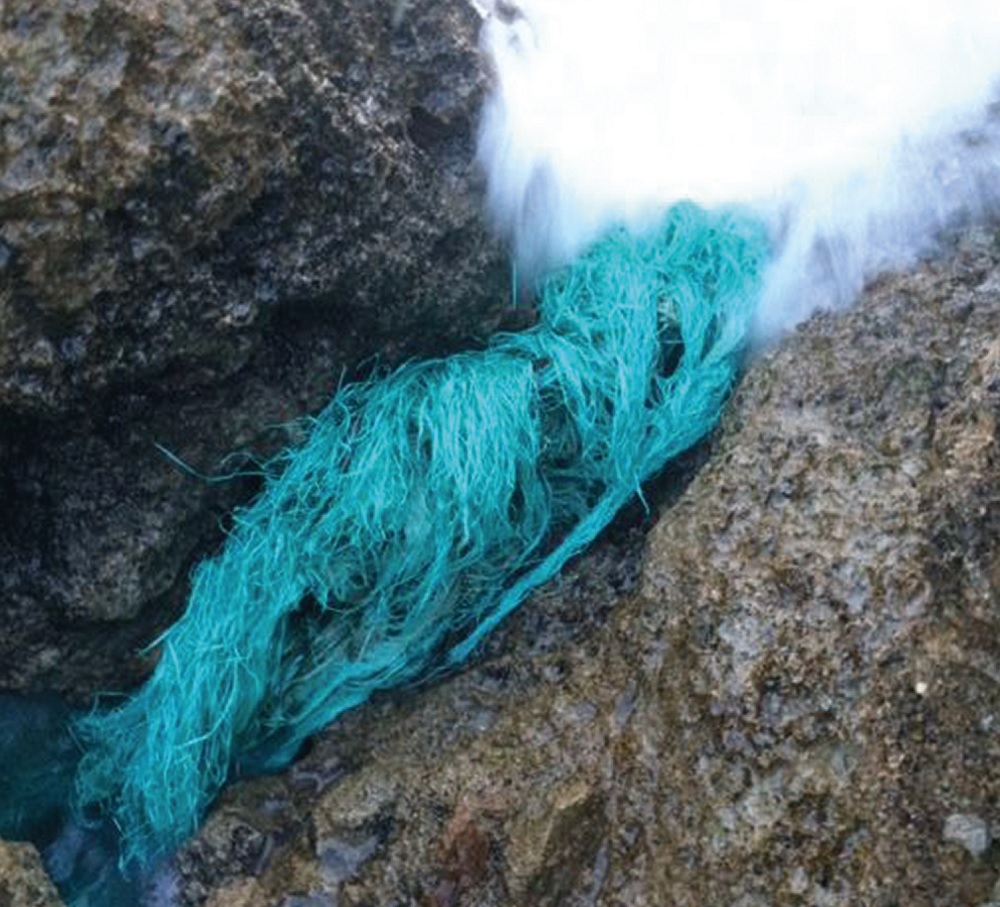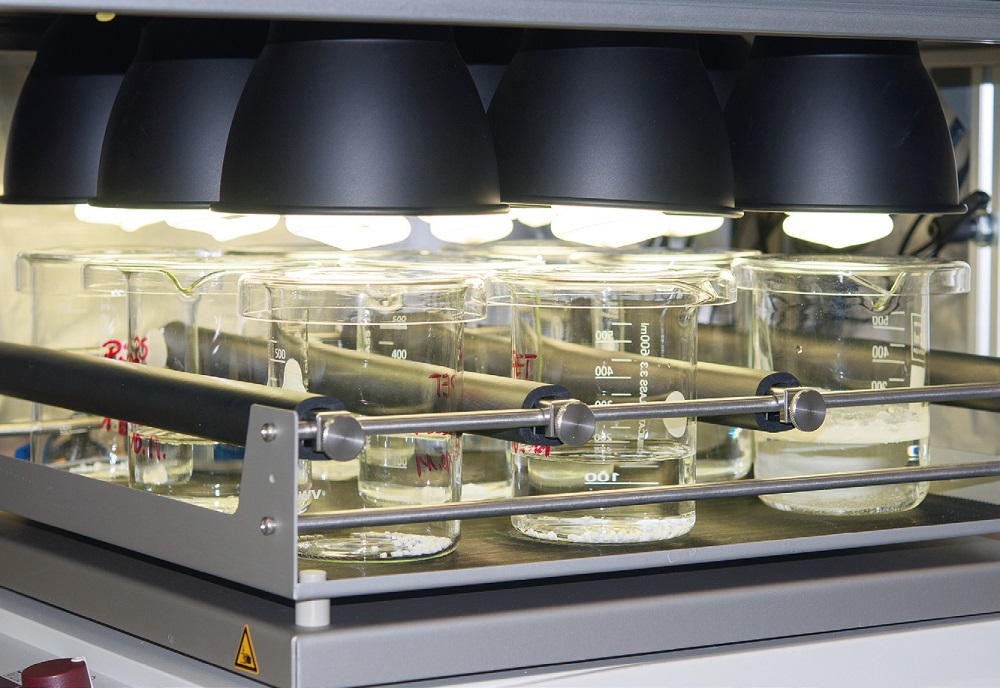Microplastics – a new challenge for environment and research
Plastic particles are ubiquitous in the environment and have already been detected in water and soil. Microplastics include all polymer particles that are smaller than 5 mm in one dimension. Storms, accidents, and unprofessional or illegal disposal of plastic waste are possible pathways for entry of microplastics into the environment. The poor biodegradability of polymers leads to a long residence time in nature, where the plastics undergo different weathering and aging processes. Secondary microplastics are generated through disintegration of large plastic fragments into smaller pieces during weathering. Aging processes, such as photochemical degradation, mechanical fragmentation, or sorption of pollutants onto particle surfaces, change the chemical and physical properties of the polymers and thereby have a significant effect on the interactions occurring between microplastics and the environment.
The goal of artificial weathering of microplastics under laboratory conditions is to understand the complex natural weathering processes and their influence on material properties. Therefore, the complex processes are broken down into individual biotic and abiotic weathering steps. The natural weathering of microplastics usually starts with exposure of the material to the ultraviolet (UV) part of natural sunlight. For evaluating the influence of UV radiation on microplastics, weathering experiments with UV lamps are performed under laboratory conditions. As a first step, microplastic particles are dispersed in different media. The resulting dispersions are exposed to UV radiation for a defined period. Microplastic particles are analyzed both before and after the experiments. The chemical characterization includes the determination of chemical composition, crystal structure, crystallinity, and surface charge of the material. Initial results show that the crystallinity of polyethylene terephthalate (PET) and low-density polyethylene (LDPE) increases during UV light exposure. Additionally, physical parameters, such as density, specific surface area, and wettability, are determined. Optical methods also provide information about aging of materials. Scanning electron microscopy is used to evaluate the particle surface, whereas dynamic imaging allows for determination of particle size and shape distributions. The results of the first weathering experiments show an influence of UV light on particle size distribution.
Understanding the complex aging processes, their influence on material properties, and the resulting behavior of microplastics in the environment is the basis for a comprehensive risk assessment of a material. This complex analysis of weathering processes of polymer materials is being carried out within the framework of the EU project “Weather-Mic“ in cooperation with partners from Belgium, Norway, Sweden, and Germany.


